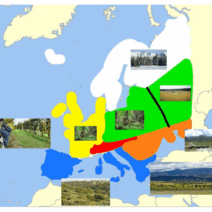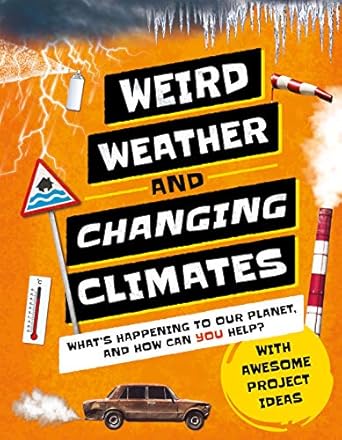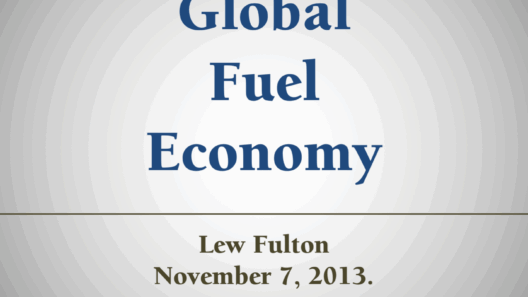Global warming, a phenomenon that has garnered unparalleled attention in recent decades, raises significant questions about the viability of our planet’s future. The consensus among climate scientists underscores overwhelming evidence that the Earth’s temperatures are rising due to anthropogenic activities. But is it really as dire as it appears? The science tells us it is. This discussion aims to unravel the complexities of global warming and elucidate why the urgency surrounding this issue is justified.
The crux of the global warming discourse lies in the greenhouse effect, a natural process that warms the Earth’s surface. Solar radiation passes through the atmosphere, and some of this energy is absorbed and re-radiated back into space. However, human activities, predominantly the burning of fossil fuels such as coal, oil, and natural gas, have significantly increased concentrations of greenhouse gases like carbon dioxide (CO2) and methane (CH4) in the atmosphere. This surplus contributes to an enhanced greenhouse effect, leading to a gradual increase in global temperatures.
Statistical data paints a stark picture. According to various studies, including assessments from the Intergovernmental Panel on Climate Change (IPCC), the global average temperature has risen approximately 1.2 degrees Celsius since the late 19th century. While this may seem trivial on the surface, it has triggered a cascade of environmental impacts that are anything but benign. Ocean levels are rising, glaciers are melting, and extreme weather events are becoming increasingly frequent and severe.
One might wonder, what are the implications of this temperature increase? The answer, unfortunately, is multifaceted. Rising temperatures lead to heatwaves, droughts, and changing precipitation patterns. These changes not only threaten biodiversity and ecosystems but also wreak havoc on human agriculture and water supplies. The rural populations, often dependent on stable weather patterns for crop cultivation, find themselves perched precariously on the edge of food insecurity.
In addition to ecological ramifications, global warming poses dire social and economic challenges. The ramifications of climate-induced issues disproportionately affect marginalized communities, exacerbating existing inequalities. Coastal cities worldwide are grappling with the imminent threat of rising sea levels, with projections that suggest as many as 280 million people could be displaced in the coming decades if current trends continue. This reality raises questions about where these populations will go and how they will adapt to new environments.
Furthermore, the science unequivocally indicates that human influence is the principal driver of recent climate change. This conclusion is supported by a plethora of empirical data gathered over decades. Climate models, which simulate the Earth’s climate system, reveal that the patterns of temperature and weather observed over the past century cannot be explained by natural variability alone. Instead, they point towards a clear anthropogenic signal, highlighting the urgency for immediate action to mitigate further damage.
Despite the grim outlook, it is vital to remember that there is still time to alter our trajectory. The notion of “global warming” may evoke a sense of hopelessness, but it also presents an opportunity for transformative change. The shift towards renewable energy sources—such as solar, wind, and hydropower—represents one of the most promising avenues for a sustainable future. Investing in green technologies not only mitigates the effects of climate change but also stimulates economic growth and job creation. Transitioning away from fossil fuels is essential for minimizing further emissions and securing a thriving planet for future generations.
Moreover, adaptive strategies can provide resilience against the effects of climate change that are already unfolding. These strategies may include restoring natural environments, such as wetlands and forests, which act as carbon sinks, enhancing their capacity to absorb CO2. Urban planning that considers climate resilience can help cities brace themselves for more extreme weather. In essence, proactive measures are not merely theoretical; they are tangible solutions grounded in science that can alleviate the dire prospects presented by global warming.
Education, awareness, and community engagement play a pivotal role in fostering a collective consciousness regarding climate change. As individuals become informed about the stakes involved, they can influence policies that lead to transformative action. Environmental stewardship should not be relegated to policy makers alone; it requires grassroots movements fueled by passionate individuals who recognize the gravity of their choices. These everyday actions—whether reducing waste, conserving energy, or supporting sustainable practices—aggregate into a significant impact.
In conclusion, while the evidence and projections regarding global warming are indeed alarming, they should serve as a catalyst for change rather than a call for despair. The science is clear: global warming is real, and its implications are dire. Yet within this framework of urgency lies the potential for innovation and resilience. By embracing renewable technologies, enhancing adaptive capacities, and fostering a culture of environmental stewardship, society can pivot from a path of destruction to one of sustainability. The water is warming, and the clock is ticking; the time for action is now.







